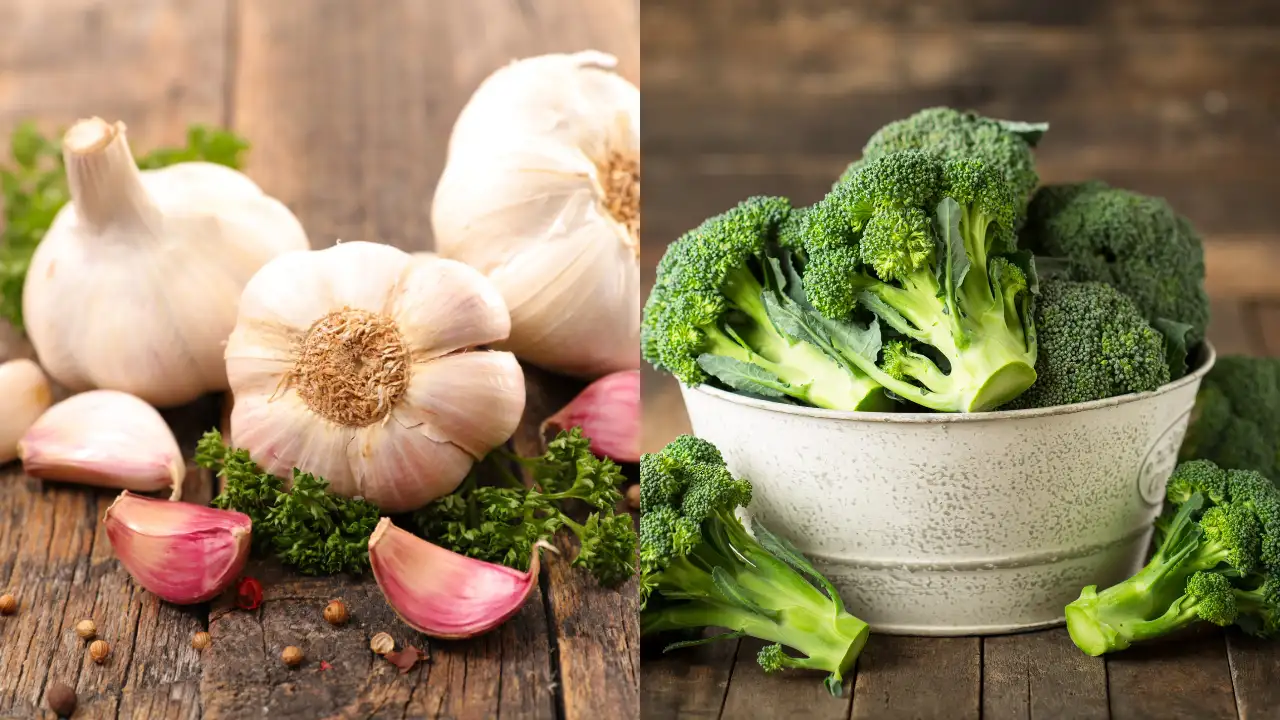When it comes to vegetables, most of us assume that steaming, boiling, or roasting only enhances their flavour and digestibility. And while that's true in many cases, some veggies are best left just as they are, raw and unbothered. Why? Because certain vegetables lose a hefty portion of their nutrients once they hit the heat. Cooking can degrade sensitive compounds, especially water-soluble vitamins like vitamin C and some B vitamins, or even reduce the levels of enzymes that help our bodies absorb other nutrients more efficiently.
So, here are five vegetables you’re better off crunching raw.
1. Red Capsicum (Bell Pepper)
Bright, sweet and naturally crunchy, red capsicums are a vitamin C powerhouse, more than oranges, in fact. But vitamin C is famously fragile. Apply heat, and a good chunk of it vanishes. Eating red capsicum raw in salads, wraps or even dipped in hummus preserves this immune-boosting nutrient in all its glory. They are also packed with antioxidants like beta-carotene, which your body converts into vitamin A.
2. Broccoli
Broccoli’s health claims are largely thanks to sulforaphane, a compound that boasts cancer-fighting and anti-inflammatory properties. But sulforaphane levels take a hit when broccoli is cooked, especially when boiled or microwaved. Eating broccoli raw helps preserve this powerful plant chemical. Try grating it into salads or tossing it with lemon juice and olive oil for a zesty slaw.
3. Garlic
Alright, we admit it, eating raw garlic isn’t exactly subtle. But its benefits are anything but mild. Crushing or chopping garlic activates allicin, a potent compound with antimicrobial, heart-protective and anti-inflammatory effects. The trouble is, allicin breaks down quickly when exposed to heat. If you can handle the pungency, mince it into guacamole, blend it into salad dressings, or simply let it rest after chopping before lightly adding it to warm dishes.
4. Spinach
Spinach is another leafy green that’s better eaten fresh if you want to preserve its vitamin C and folate content. Cooking significantly reduces these nutrients. While spinach wilts down nicely into pasta and curries, enjoying it raw in salads or smoothies means you’re absorbing a much higher concentration of vitamins. Plus, raw spinach retains more of its natural iron-binding capacity, though pairing it with a vitamin C source helps absorption even more.
5. Beetroot
Most people associate beets with roasting or boiling, but raw beetroot has a surprisingly sweet, earthy crunch that’s packed with folate, fibre, and antioxidants like betalains. Cooking diminishes some of these beneficial compounds. Grating raw beetroot into a salad or juicing it is a tasty way to retain its full nutrient profile.
Get Latest News Live on Times Now along with Breaking News and Top Headlines from Health and around the world.
